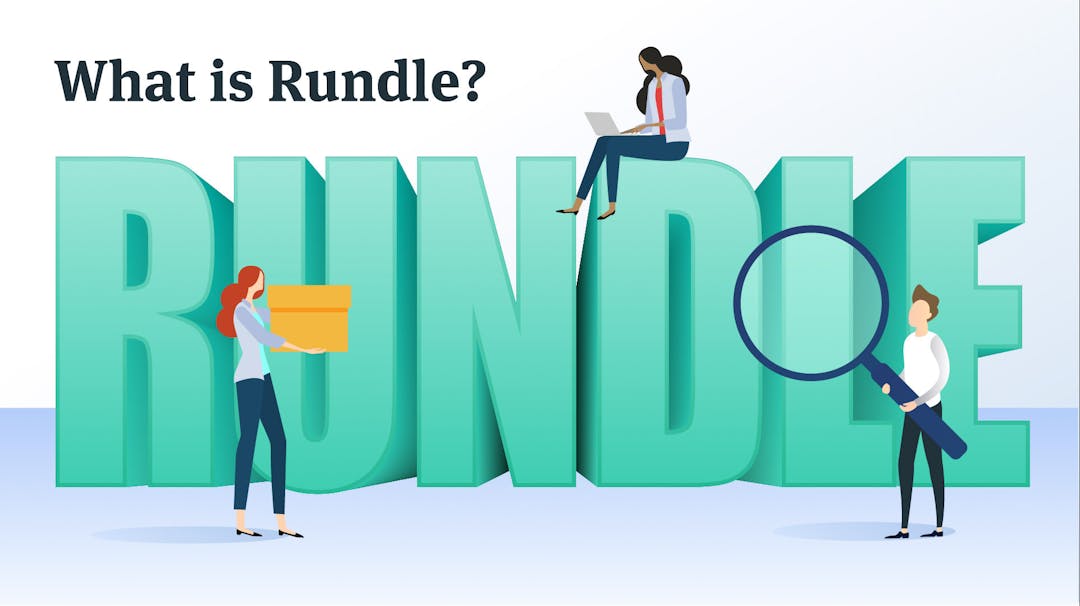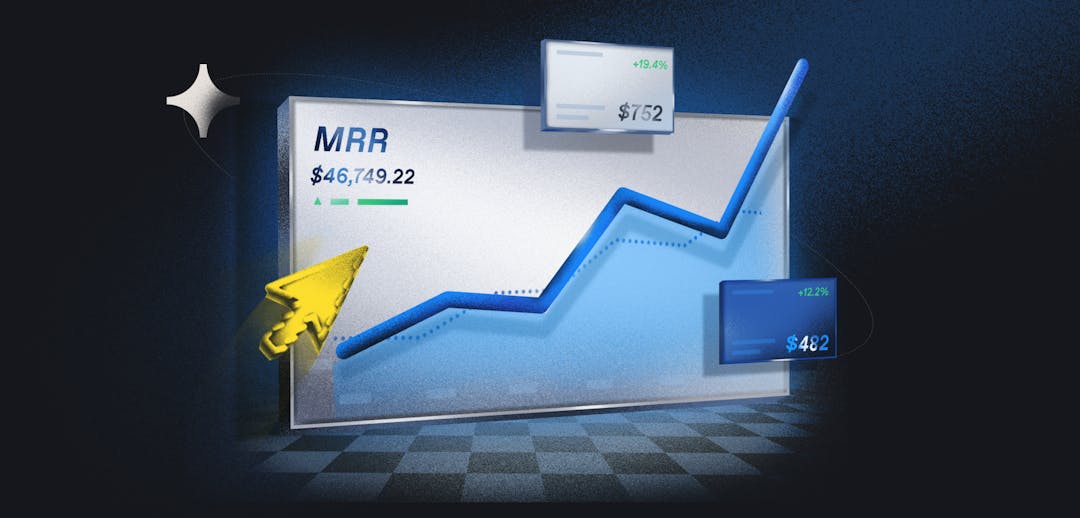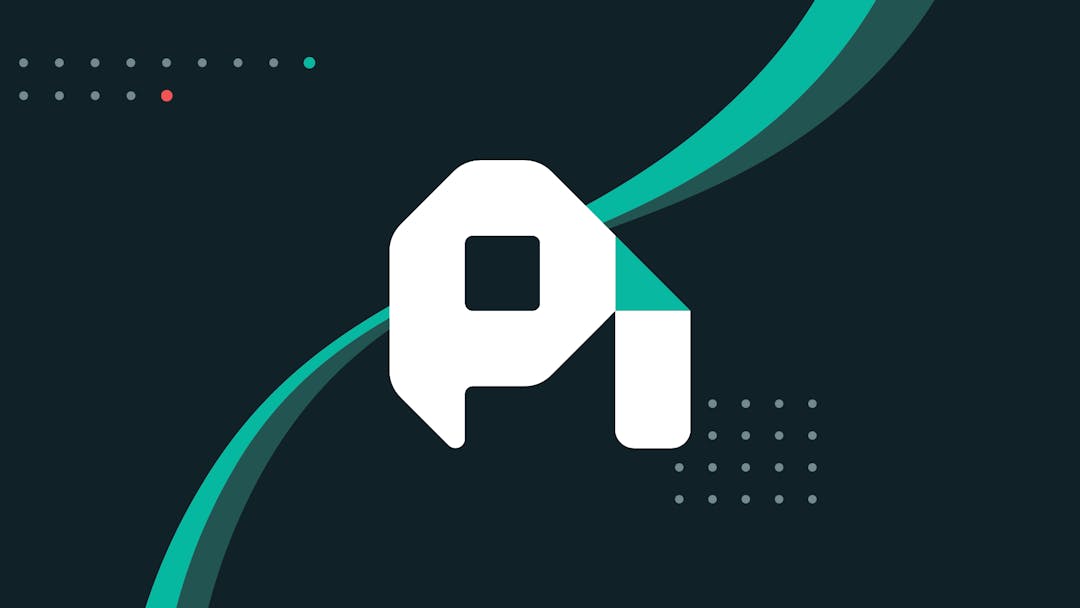The subscription universe is taking over. From hygiene products to software to bacon (yes, bacon), you can purchase a subscription for just about anything today.
Why is this model so popular?
Instead of committing to a product, customers can try out different items and find what they like best through subscriptions, and companies using the model capture recurring and predictable income from customers. It’s a mutually beneficial system.
Having a recurring relationship with customers also gives companies a clear understanding of the features people are willing to pay for. Customers are more likely to leave if a service no longer provides value. This knowledge makes it easy to predict revenue growth for the future and track how customers’ perception of value changes over time.
When you see how the subscription-based economy helps both companies and customers, it’s easy to understand why this business model is continuing to gain traction across the board. We’ll talk through a bit of background on the subscription-based economy and how it helps customers, and we’ll look at some companies that have found success using subscriptions in their own market.
What is the subscription-based economy?
The subscription-based economy refers to the shift many companies are making toward a business model that involves recurring billing business. The focus of these subscriptions is to monetize ongoing customer relationships as well as follow more traditional product development and market competition strategies.
How does the subscription-based economy work?
The subscription-based economy is a result of companies adopting a subscription business model. A subscription business model is built on the idea that companies can capitalize on the compounding value of customer relationships through subscriptions. Basically, as long as customers see a product or service as a vital part of their own business model, they’ll continue to pay for it.
Subscription businesses thrive only when customers derive long-term value from the product or service the company provides. For this to happen, subscription businesses must build strong relationships with their customers by understanding what people value about their product and how they would like to see it improved.
What customers look for in subscription companies
The process of monetizing relationships means there are considerable benefits for customers. Companies need to consistently show value, which means customers have the power to dictate the direction a company grows. If there is any deviation from what customers want, they can easily leave for a competitor. A company’s success is all about providing an inexpensive and exceptional customer experience.
Subscription companies seem to be meeting the expectations of buyers. According to McKinsey, 49% of shoppers are currently using a subscription service.
Whether it’s a box company or media provider, subscriptions are successfully attracting buyers for three main reasons: convenience, cost, and discovery.
Convenience
Many subscription companies are built on the idea of automating some aspect of their customer’s lives. Whether it’s providing software that sends out an email campaign or shipping a new outfit through the mail every month, subscriptions are convenient.
This ease of use is what’s attractive for potential customers. Consider the integration platform Zapier. Users are eager to renew their subscriptions to this software because it creates less work for them. Instead of having to navigate between different tools, customers can use Zapier to connect the platforms they work on.
Customers are willing to pay a premium for products and services that help them accomplish the more menial aspects of their daily lives.
Cost
A lower barrier to entry makes it easier for customers to assess the value a service provides and decide if it is a good fit for their needs, which is one advantage of the subscription model over the perpetual license model. Paying a monthly subscription of $10 is less painful than buying a perpetual software license for $500.
Therefore, customers gain more power in their relationships with companies. Their willingness to pay is dependent on the value they receive—so when value decreases, willingness to pay decreases as well.
Discovery
Subscription services use personalization to provide recommendations for upsells or new features based on customer data. These suggestions boost customer engagement with the service and tap into the idea of convenience, because customers rely on the company to provide relevant recommendations.
With Stitch Fix, for example, customers are able to discover new clothing every month without having to go out of their way to a shop themselves.
Customers have good reason to use subscription services. Their monthly subscription payments are made only when they experience the value a product or service provides. Whether it’s convenience, cost, or discovery, the customer always understands exactly what they’re paying for.
10 companies winning the subscription-based economy
The subscription-based economy has expanded into almost every market. Take a look at the Martech 5000 market map from 2018 - plus you can check out our blog post on the most popular subscription services today.
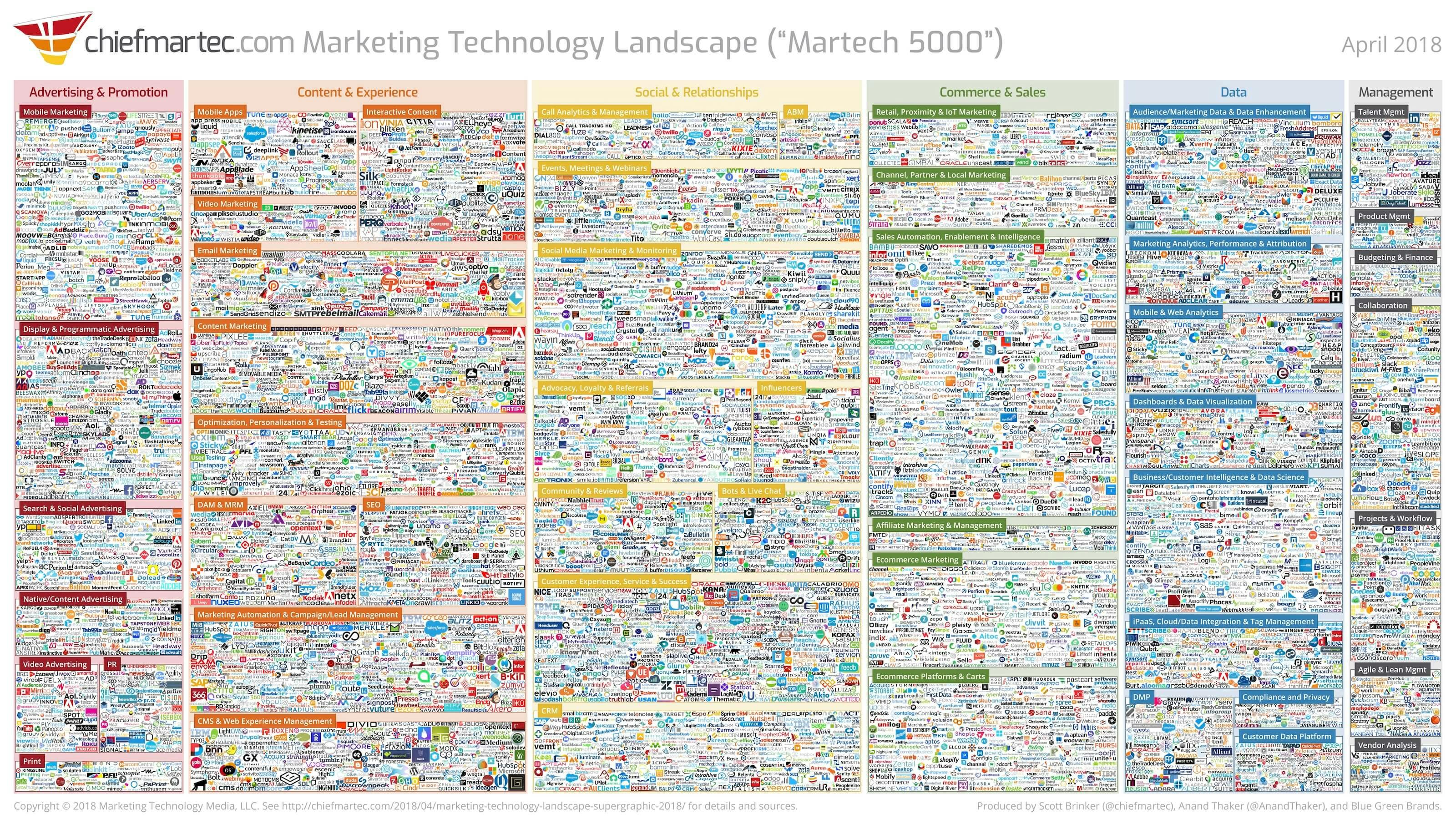
Marketing technology companies in 2018.
Here are 10 companies that have used the subscription model to grow faster and better than their competitors.
Software as a service
Subscription is the primary business model in SaaS and an effective software monetization strategy. It’s hard to imagine any new company entering their industry without using subscription as their primary revenue model.
- Mailchimp - This marketing automation platform got its start as an email marketing provider and today is one of the most popular email marketing tools. They offer both subscriptions and pay-as-you-go plans.
- Shopify - This leading ecommerce platform services in 175 countries.
- Dropbox - This file sharing platform is a great example of using in tandem with subscriptions to quickly grow the company to over 12 million customers.
These companies have seen impressive growth rates in their respective markets. Each holds a leading position in their industry.
Established enterprise brands
Many enterprise software brands that used to rely on perpetual licenses have switched to offering subscriptions as well.
- Adobe - This creative-suite software company switched from perpetual licenses to subscription in an effort to improve . This move helped them create clear expansion paths and cheaper entry points for new customers.
- Microsoft - This mega software company switched to a subscription model to keep up with their biggest competitors, such as Google. This switch from a $139.99 one-time license to a $99.99 yearly recurring payment in 2013.
When big brands adopt this model, it signals to others that subscription is not only profitable but also legitimate.
Streaming services
Steaming-content services like Netflix and Spotify have disrupted their industries and taken a powerful position in their respective markets by using a subscription-based business model.
- Netflix - In 2018, and satellite TV. The company is massively popular because they’re able to share so much valuable content through a simple subscription model.
- Spotify - This music streaming service redefined and podcasts. Founded in 2006, Spotify now has 217 million monthly active users.
The success of streaming services has spawned an explosion of niche providers that focus on specific types of content. Each carves out its own section of the market.
Monthly subscription boxes
The darlings of the subscription-based economy, monthly subscription-box ecommerce companies have shifted the way people buy everything from clothing to food.
- Stitch Fix - One of the first movers in the subscription-box industry, Stitch Fix has found success by focusing on . Their curation of outfits via data analysis and algorithms has paved the way for any number of companies that offer monthly subscription boxes.
- Blue Apron - Focusing on convenience and education, has changed the way many people think about preparing their dinners.
- Dollar Shave Club - This commodity-goods company changed how people buy razors, skin care products, etc., changing perceptions of price and willingness to pay along the way. This move forced incumbents like Gillette to move into subscription ecommerce as well.
These are just a few examples of how subscription has fundamentally shifted the way companies do business across a number of markets.
What to watch out for in the subscription-based economy
More and more companies are adopting the subscription business model and, as a result, need to think about how to position themselves for long-term growth. If you’re thinking about adopting a subscription business model, here are a few trends you need to be aware of.
A strong pricing strategy is key to growth
Understanding your company’s core value metric is key to building a subscription pricing model. This knowledge ensures that you’re charging for something customers are willing to pay for. Just remember: when revenue is tied to recurring relationships with the customer, any adjustments you make to pricing structure need to factor in not only the impact on your revenue stream but to the customer experience as well.
NPS scores are down
Net promoter score (NPS) is a great way to gauge how customers feel about the value your company provides. The shift toward monetizing customer relationships has resulted in steadily declining NPS scores. This decline means that, to remain happy, customers are expecting more from companies.
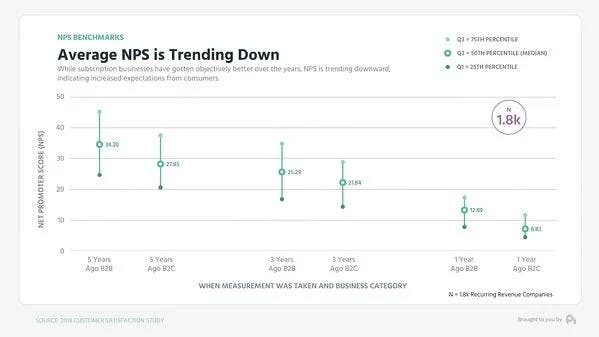
When we looked at approximately 1.8K subscription companies, the average is clearly trending down across both B2B and B2C markets.
A balanced approach retains quality customers
Focusing only on acquisition or a single, high-value pricing tier will hurt your company’s ability to grow. Scaling a subscription company requires more retention efforts and better product positioning to make it work. Understanding how to maintain a 3:1 CAC to LTV ratio are a must to sustain your company growth.
If you’re thinking about using the subscription business model to grow your company, it’s important to understand how these factors can help or hinder your efforts. When you become a part of the subscription-based economy, you need to provide a consistently positive customer experience to keep customers coming back.
The subscription-based economy is here to stay
The subscription model continues to gain popularity in almost every market. Leverage the power of this model for your own business by learning as much as you can about the subscription-based economy. Continuing to read as much as you can about the subject will help you grow more efficiently as the markets continue to evolve.

